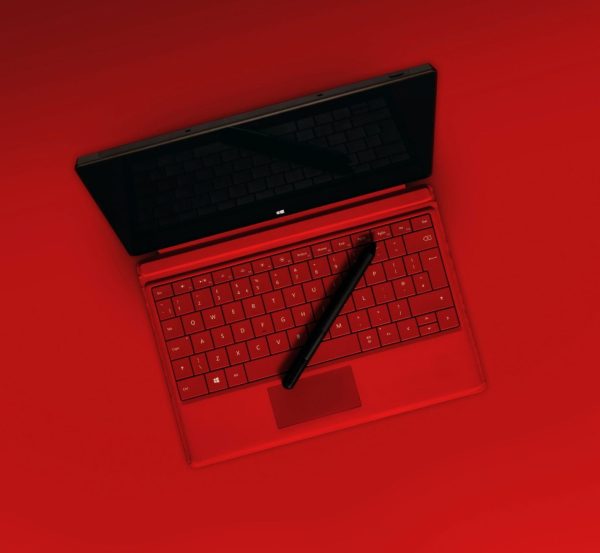
That’s how easy it is possible to disable adaptive brightness in Windows 10. We’ll take you to step by step through the procedure. Surely on your mobile device, you have a functionality that allows the brightness of your screen to adapt automatically, allowing you to correctly view the content according to the light in the environment.
However, this functionality is not very common when we refer to computers and specifically laptops. Although the most current versions of Windows this functionality has been included precisely for computers that have integrated ambient light sensors.
How to disable adaptive brightness in Windows 10How to disable adaptive brightness in Windows 10
In this sense, if your laptop varies the intensity of the brightness on the screen, it can be due to two factors: The first is that it has an ambient light sensor and is adaptively active.
The second is related to the energy options, which depending on the battery level that the equipment has at that moment, regulate the brightness to reduce energy consumption, especially if it is not connected to the current.
Now, if this function is bothering you in your activities, we have excellent news for you, since there are three methods with which you can deactivate these options and that the screen remains at a stable brightness.
How to disable adaptive brightness in Windows 10 using power options
The first alternative is related to the power options in the equipment. Follow these steps:
How to Disable Adaptive Brightness in Windows 10 Using Power Options
- Go to “Power Options Settings”, accessing it directly by clicking on the battery icon located in the Windows notification bar on your laptop and choosing the “Power and Sleep Settings” option.
- If you prefer, you can use Cortana’s search engine by typing “Power options” and selecting the result that will appear on the screen.
- Within the configuration menu, you must choose the power plan to be used and configure it according to your preferences. At this point, we recommend using the High-performance option, especially on those computers that will always be connected to the power.
- Regardless of the power plan you choose, click on the “Change plan settings” option.
- Next, a window will open with different options. There, choose Change advanced power settings, displaying a slightly smaller window that contains the drop-downs, you must go to the one that indicates Screen. There, you will find the option to disable or enable adaptive screen brightness.
How to Disable Adaptive Brightness Using Intel Graphics Settings
Okay, if your laptop has an integrated Intel graphics card, the procedure is much easier. Enough with:
- Enter the configuration panel of Intel Graphics and Media Control Panel directly from the notification area which has a monitor icon.
- There, simply choose the “Power” category and choose the “Maximum Performance” power plan and you’re done.
How to Disable Adaptive Brightness in Windows 10 Using Windows Services
The last of the methods is to use a Windows service that manages the adaptive brightness on your computer.
Do the following:
- Type “Services” in Cortana’s search engine or also run the command services.MSC in the “Run” window (Win + R).
- Once you choose the method to enter, a list will appear with all the Windows services that your computer has.
- Now, locate the one called “Sensor Monitoring Service” with a description that indicates that if the brightness of the screen is deactivated, it will not adapt to the lighting conditions.
- Go to Properties by right-clicking on this service.
- A new window will open and in it, you should go to “General” and in the “Startup type” drop-down menu you choose “Disabled”.
- Finally, accept so that the changes are saved and restart your computer.
As you will see, there are three simple methods that will help you disable adaptive brightness on your Windows 10 laptop. An action that depends on what situation can be very useful when using your computer.
Did you find this article useful? Do not forget to share it with more people who can be very useful.
